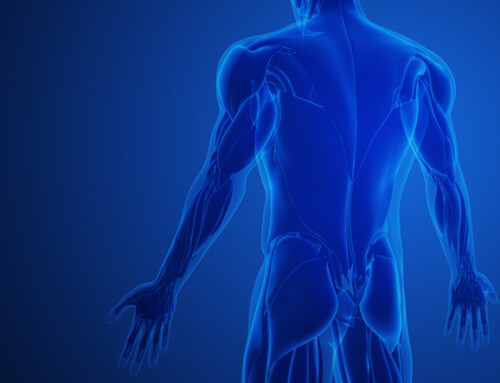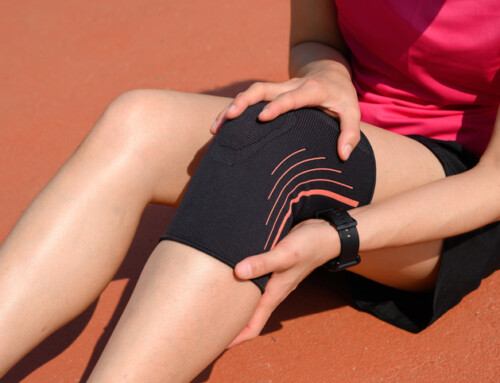Allison Perry, SPT
What is Medial Tibial Stress Syndrome?
Medial tibial stress syndrome (MTSS), commonly referred to as “shin splints”, is an overuse injury characterized by pain on the inner side of the shinbone. The pain experienced by an individual who has this injury is due to inflammation of the membrane surrounding the bone of the shin, the tibia. This is most often caused by an increase in high impact activity that exceeds the body’s ability to adapt. If not addressed properly, medial tibial stress syndrome has the potential to develop into tibial stress fractures. The pain felt in MTSS is more diffuse, spreading along the length of the inner shin bone, while stress fractures are most common on the front of the shin bone and characterized by pinpoint tenderness (less than 5 cm). In some cases, imaging may be warranted to assess the severity of the injury.
Who is at Risk for Shin Splints (MTSS)?
Research shows that up to 20% of runners and 35% of military personnel experience MTSS, but anyone who has recently intensified or increased their amount of high-impact activity is at risk. Other internal risk factors include:
- Female gender
- History of MTSS
- High BMI
- Navicular drop (a measure of arch height and foot pronation)
- Vitamin D deficiency
- Hip muscle weakness
How to Manage Shin Splints (MTSS)
Recovery from shin splints primarily involves rest and reducing aggravating activities as much as possible for a period of time, followed by a strategic and gradual return to the previous level of activity. Physical therapy can help with the management and prevention of recurrence by focusing on:
- Pain management
- Education on activity modification and gradual return to activity
- Addressing gait abnormalities
- Proper biomechanical form during aggravating activity (ex. running)
- Strengthening stabilizing muscles of the lower extremities
Get Shin Splint Treatment in Queensbury, Malta & Saratoga
If you are experiencing shin splint pain from MTSS, Capital Area Physical Therapy can help. Our physical therapists offer comprehensive rehabilitation programs designed to reduce shin splint pain and help you gradually return to physical activity, while preventing reoccurence. To schedule an evaluation for shin splint treatment and rehabiliation in Queensbury, Saratoga Springs, Malta or Delmar, call Capital Area Physical Therapy at (518) 289-5242.
References
- McClure CJ, Oh R. Medial Tibial Stress Syndrome. In: StatPearls. Treasure Island (FL): StatPearls Publishing; August 8, 2023.
- Becker J, Nakajima M, Wu WFW. Factors Contributing to Medial Tibial Stress Syndrome in Runners: A Prospective Study. Med Sci Sports Exerc. 2018;50(10):2092-2100. doi:10.1249/MSS.0000000000001674
- Winters M. The diagnosis and management of medial tibial stress syndrome : An evidence update. Diagnostik und Therapie des Schienbeinkantensyndroms : Update zur Studienlage. Unfallchirurg. 2020;123(Suppl 1):15-19. doi:10.1007/s00113-019-0667-z
- Warden SJ, Edwards WB, Willy RW. Optimal Load for Managing Low-Risk Tibial and Metatarsal Bone Stress Injuries in Runners: The Science Behind the Clinical Reasoning. J Orthop Sports Phys Ther. 2021;51(7):322-330. doi:10.2519/jospt.2021.9982






